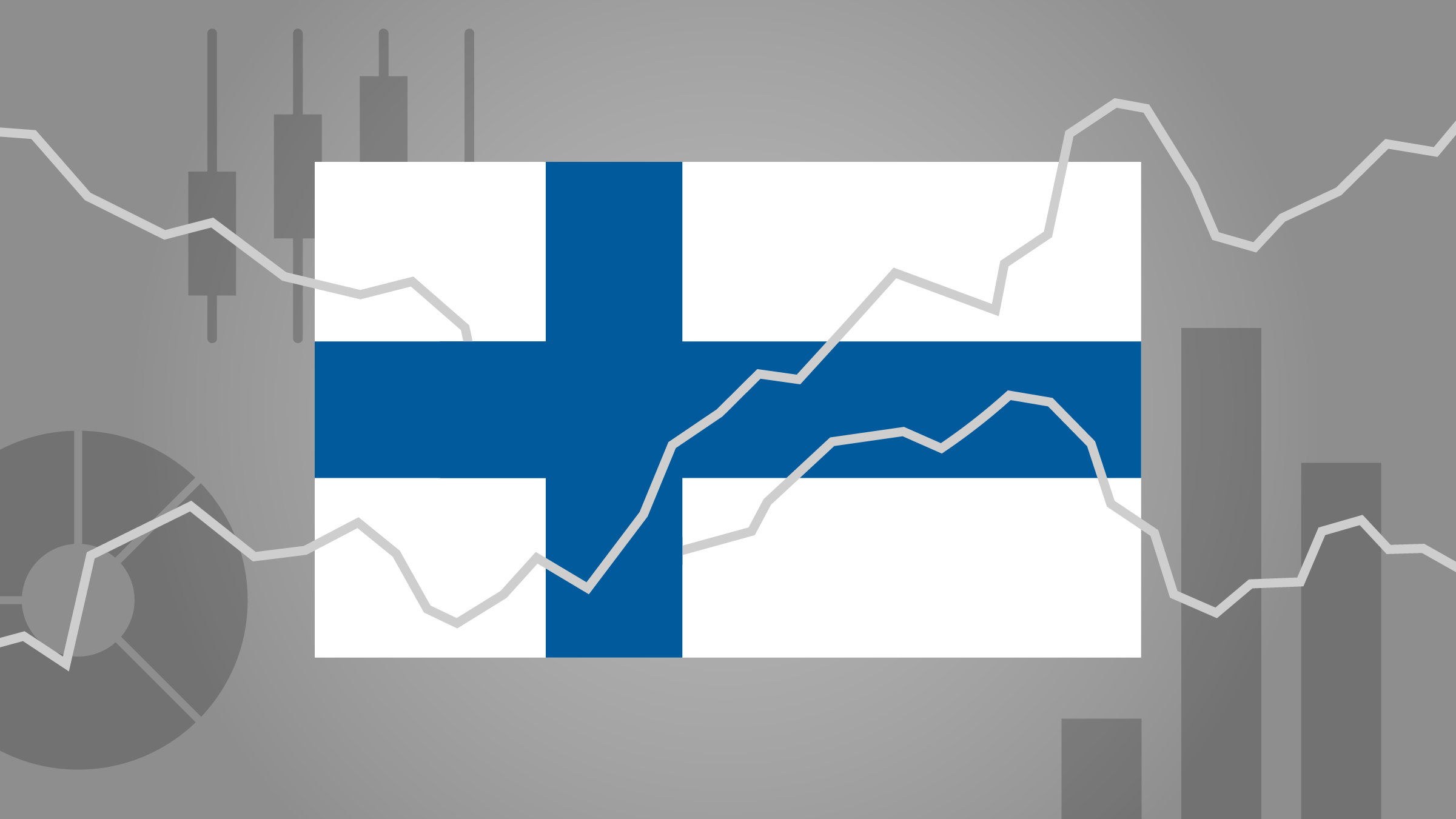Jason Stipp: I'm Jason Stipp for Morningstar. It's Retirement Portfolio Week on Morningstar.com. We know one quality that we often see in retiree portfolios is a pretty large allocation to fixed income, and this is an area of the investment market that we know has a few clouds hanging over it.
So we wanted to take a step back and talk about how to set some realistic expectations for that fixed-income portion of your portfolio.
Here to help me do that is Morningstar's Christine Benz, director of personal finance.
Thanks for joining me, Christine.
Christine Benz: Jason, great to be here.
Stipp: So the first thing I think is a lesson that we say a lot, but it's harder to practice than it is to say, and that's not relying too much on the past when you are thinking about what your bond portfolio might do in the future. That seems to be particularly important right now.
Benz: Well, it is Jason, and so you look at the Barclays Aggregate Bond Index, the big widely diversified fixed-income index. So over the past 10 years this index has had a roughly 6% return; pretty good number without the kind of volatility that we've seen in stocks.
Unfortunately, that's a little misleading if you are thinking that bonds will actually be able to deliver that in the future, mainly because of the threat of rising interest rates, which could put pressure on bonds over the next several years.
Stipp: And if you look over the past couple of decades, that interest rate environment has been pretty mild. The inflation environment has been pretty mild. So [bonds] really had quite a tailwind at their back, maybe a tailwind that we might not see occur again for quite some time.
Benz: Well, that's the thing. It's really hard to see how you could get to a 6% return because as you say, a bond's returns are composed of two things; one, is the current yield and the other is any capital appreciation or depreciation. And you pick up the appreciation when rates do go down as they did beginning in the '80s and continued to do until very recently. So, it's really hard to see how you generate a meaningful return given where we are in terms of current yields.
Stipp: So, when sitting here today, given that it looks like there is somewhat of a murky outlook for fixed income and it might not return as much as it had before. How can I get a handle on what it might return in the next 10 years if I can’t necessarily expect what it has returned in the last 10?
Benz: Well, the current bond yields are a pretty good gauge. So you look at intermediate-term bond funds having yields in the neighbourhood of 3% currently. I don't that's a bad starting point. And the good news is, that's not armageddon either. It's still a positive return, but I do think that current yields are as good a guide as you'll find.
Stipp: So, in the meantime, I know that one thing that is worrying a lot of investors about the potential returns on their fixed-income portfolio is potentially that sensitivity to interest rate. So, if interest rates do go up, your current bond holding, the value on those bonds would go down. So how can you get a handle on just how sensitive that might be, and you might have different bonds that could have different sensitivities.
Benz: Right. So, duration is a good guide there and a good starting point. We've talked about this formula before, Jason, where you look at the duration and then find the fund's SEC yield, and you may have to go to the fund company's website for it. So, subtract the SEC yield from duration. That's approximately the amount that one might expect to lose over a one-year period if interest rates went up by one percentage point during that same timeframe. That's a formula that Ken Volpert from Vanguard shared with us. It's just a very rough stress test, but maybe a good starting point.
And you are absolutely right that different bonds will have different duration characteristics. Generally speaking, the more credit sensitive bonds, corporate bonds, high-yield bonds, and so forth, we’ll tend to hold up better in periods of rising interest rates. But there are no hard and fast rules. Really, every market environment is different.
Stipp: So I have to admit it is a little bit scary when you talk about your fixed-income portion of your portfolio losing money, because you normally think this is the area where I park money that's going to be more conservative and won’t lose value. But that's actually not the case, but it's important to keep the kind of storm that you might see in fixed income in perspective maybe compared to the kind of hurricane that you might see in equity markets when things gets really rough.
Benz: Well, that’s the thing, I think, bearing in mind the volatility profiles for stocks versus bonds is really important. So the S&P 500 over the past decade has a standard deviation, which is a measure of volatility, of about 16. Bonds have a standard deviation of 4 over that same period. So stocks have been roughly four times more volatile than bonds. That’s a big difference. So even though bonds won’t be a huge return generator, or may not be a huge return generator, over the next decade, they will still provide that ballast certainly versus what you get from a stock-only portfolio.
Stipp: Certainly important to keep that context in mind.
So if I want to make sure that my bond portfolio is going to hold up as best as it can given the situation, and I want to be able to set some realistic expectations and not find that I am relying too heavily on one kind of bond and then get trapped there in a bad market, what can I do? How can I stay diversified?
Benz: Well, I would look for diversification within my portfolio among some of these key categories, so corporate bonds, government bonds, mortgage-backed bonds, some foreign bonds as well.
Another idea is to delegate at least a slice of the fixed-income portfolio to a truly active fixed-income manager. PIMCO has got a lot of funds that work like this. Met West as well has its good Total Return Bond fund.
But also you have to bear in mind that these managers, as good as they are, are not miracle workers. So don’t expect them to be able to generate much better returns than everybody else, simply because they are more flexible. They are dealing with the same fixed-income headwinds.
Stipp: So even if they are great managers, you must set realistic expectations for them as well.
Benz: Exactly.
Stipp: Christine, thanks so much for joining me and for the pointers today.
Benz: Thank you, Jason.
Stipp: For Morningstar, I'm Jason Stipp. Thanks for watching.
















